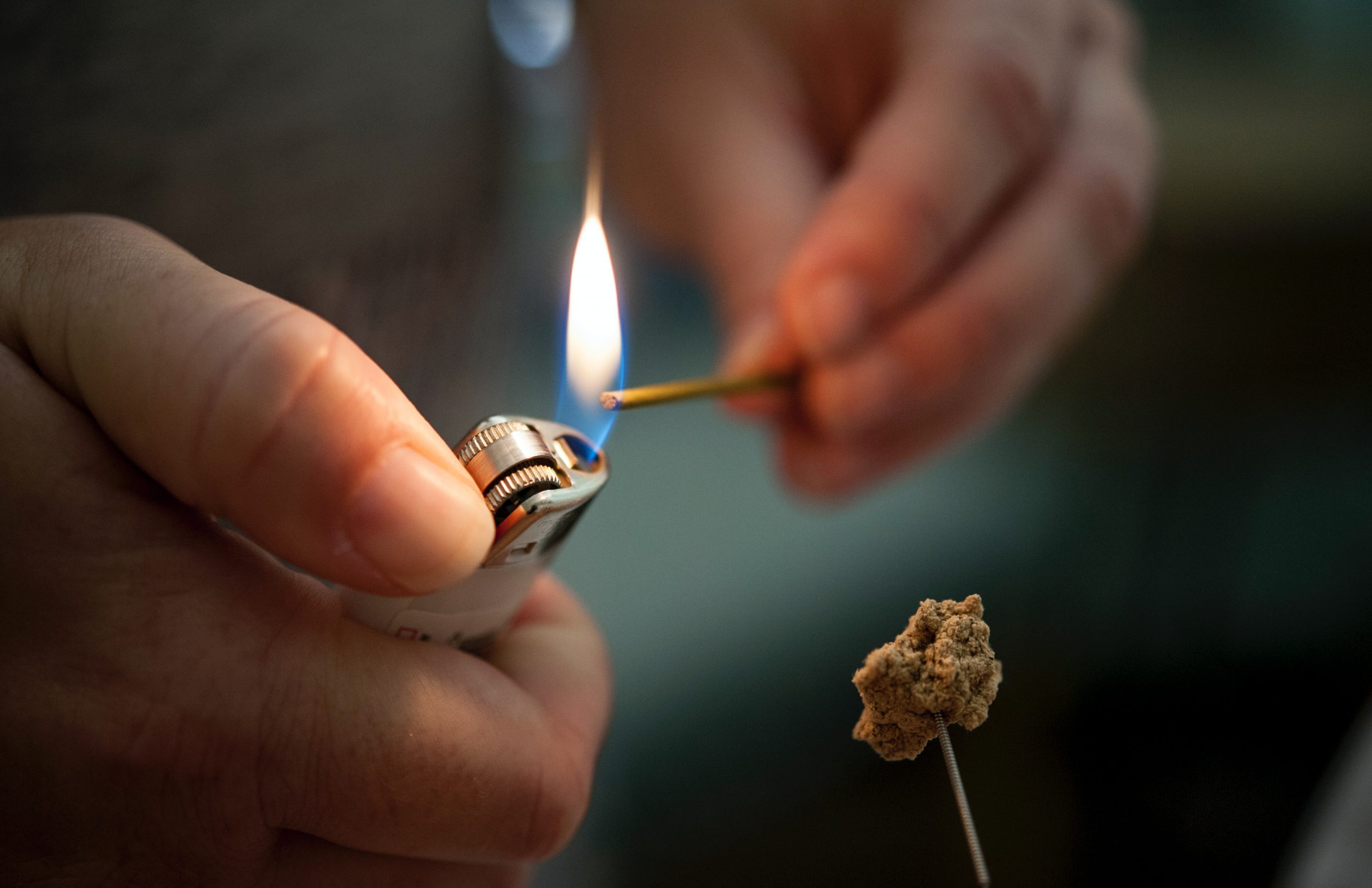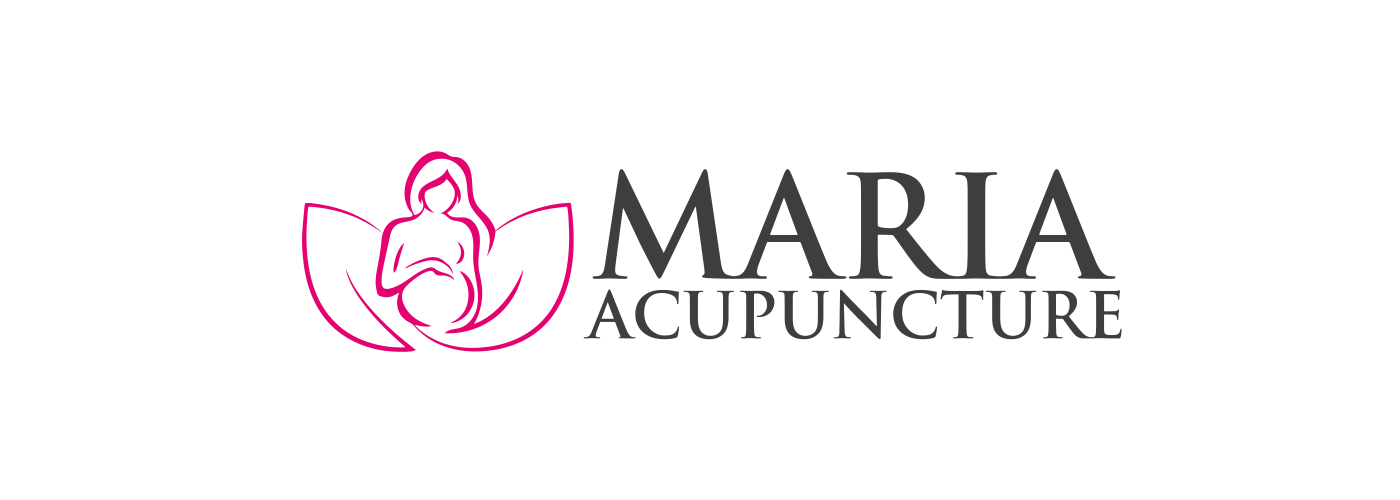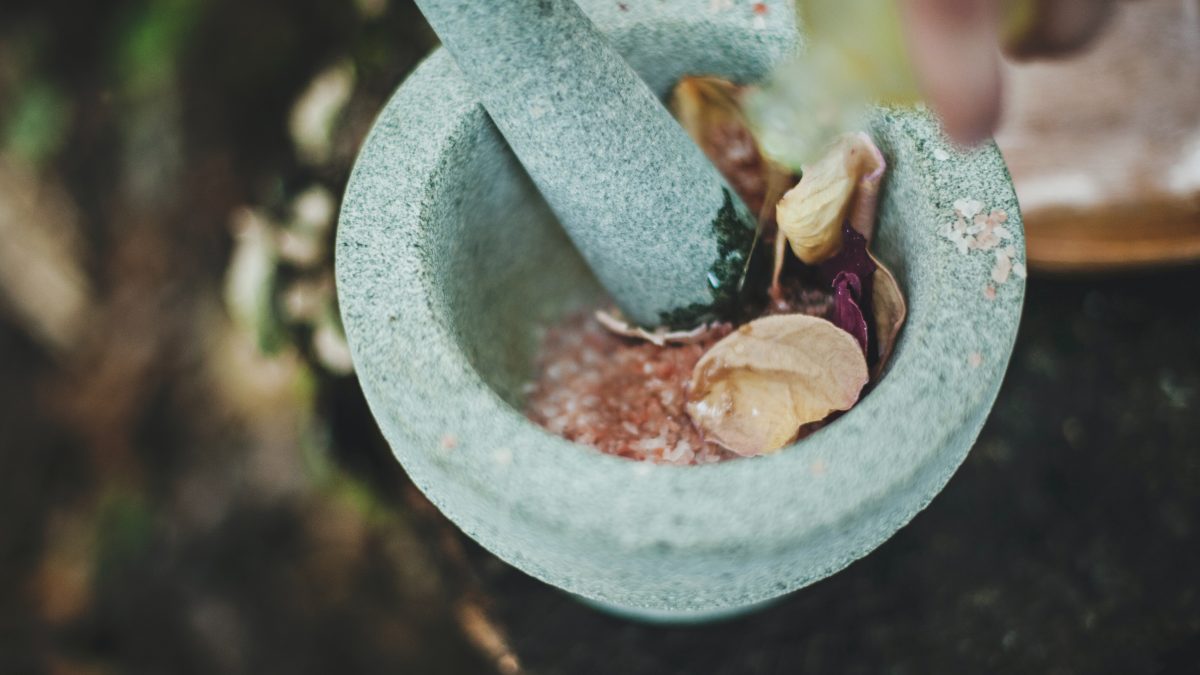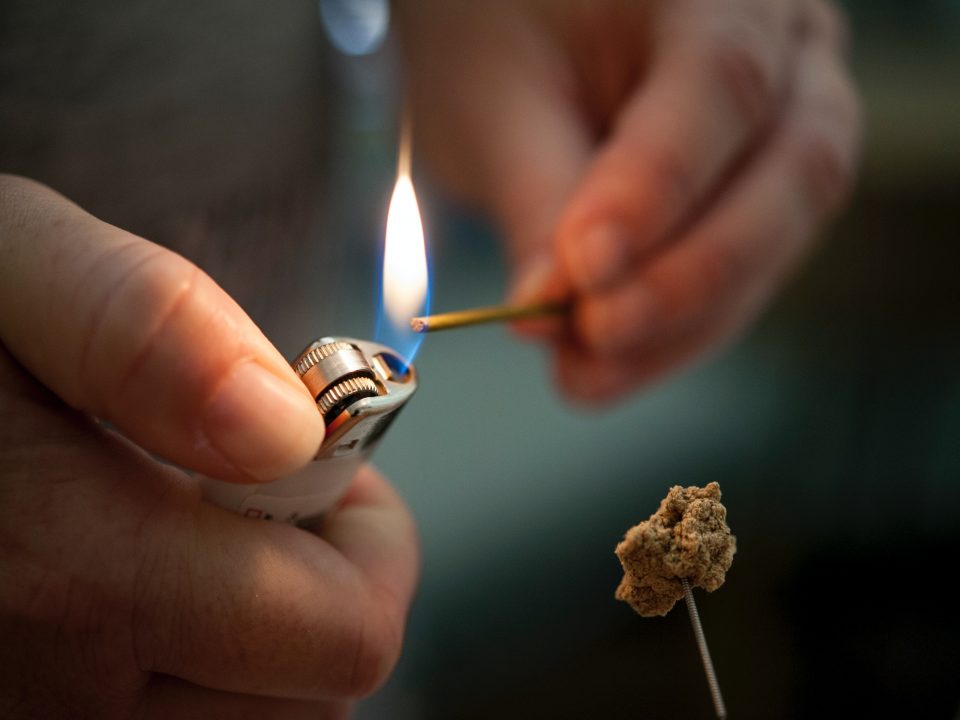
Acupuncture For Natural Pregnancy Management
December 15, 2020
Recovering From Pregnancy Loss With The Help Of Acupuncture
December 15, 2020The prospect of going into labour can be nerve-wracking and stressful, especially if you are a first-time mother. Your medical practitioner can heighten those feelings further if they think you might be facing a breech birth. If you find yourself in this situation, first of all, don’t panic! Most babies turn by themselves by the 36th week, but for the small percentage that don’t, there are techniques we can use to help make it happen.
There are three breech positions, and the options your obstetrician or midwife will offer you will depend on how your baby presents. The three positions are:
- Complete breech — the baby is sitting on its heels
- Footling breech — feet first
- Frank breech — bottom first, with feet up by the head
Depending on your health, the health of the baby and its position, you may be offered External Cephalic Version (ECV) to try and turn the baby. ECV is a manual process that takes around 20 minutes. It can be uncomfortable and has roughly a 40-50% success rate. There are risks involved and a baby can flip back to breech even after being successfully turned. Fortunately, here at Maria Acupuncture, we offer an alternative option to ECV, a combination of acupuncture and moxibustion. This is a gentle, non-invasive process with a 75% success rate when done correctly.
Moxibustion is a traditional Chinese remedy where we stimulate the acupoint BL67 on the little toe with warm smoke. Although it sounds slightly surreal, I promise it really does work. In fact, moxibustion is becoming the preferred method for turning a breech baby even within mainstream medicine. It has a very high success rate if started before the 36th week while the baby still has plenty of room to move.
So how does moxibustion work? The acupoint BL67 is known for its descending action. It also stimulates the uterus and encourages movement. We hold a smouldering stick of compressed Moxa, also known as Mugwort, over the acupoint for around 15 minutes on both sides of the body. The Moxa warms and activates the acupoint, which in turn relaxes the uterus and encourages the baby to move into a head-down position. Treatment should feel relaxing and warming but never hot or burning. While administering the first moxibustion treatment, we combine it with acupuncture to calm the mind and body. The more relaxed a patient is, the more effective the moxibustion treatment can be.
At Maria Acupuncture, we always encourage your birth partner to attend your initial treatment. This allows them to learn how to administer moxibustion at home as, let’s be honest, attempting the technique yourself at 36 weeks pregnant is not very practical! After your initial treatment, you will need to repeat the process twice a day for up to ten days. We have found the best time of day for the treatment is just before bed. Lying in a horizontal position facilitates movement, and the moxibustion process is very relaxing and an ideal way to prepare for sleep. You can perform the 2nd moxibustion at any other point during the day. Once you feel the baby has turned, you should stop the treatment and seek confirmation from your obstetrician or midwife.
Moxibustion is a very gentle way to encourage a baby to turn and doesn’t carry the risks associated with ECV such as the early onset of labour or a ruptured amniotic sac. Moxibustion relaxes the uterus and creates additional space for the baby to move voluntarily. If the baby chooses not to move there could be a valid health reason and you should consult with your obstetrician.
In addition to moxibustion, here are some other techniques that previous patients have found helpful. Just like moxibustion, all of these techniques are better started between 34 and 36 weeks before the baby grows too large and has no room to turn.
Pelvic Tilts: You can choose to combine this technique with moxibustion. You can perform the two together as they both take 15 minutes or do one after the other, starting with moxibustion. Lie on your back with your feet raised, and your pelvis is tilted upwards. The easiest way to do this is to lie on the floor with your feet resting on the sofa and pillows supporting your pelvis. You will need to raise your pelvis at least 30cm abound your shoulder as this technique relies on gravity. The theory is gravity will push the baby’s head to the top of your abdomen and cause it to curl. When you stand back up the baby will be in a position where it can perform a somersault and find the cephalic position.
Homoeopathy: There is a homoeopathic remedy called Pulsatilla, which claims to encourage breech babies to turn. Consult with your homoeopath, but the recommended dosage is 30c three times a day for three days.
The power of positive suggestion can also work. You need to visualize the baby turning and the head engaging.
Yoga: Prenatal yoga is another option. Practitioners sometimes suggest a cat stretch to encourage the baby to move. On a yoga mat, start on all fours, bring your head and chest towards the floor and keep your buttocks in the air. This should create a concave back. Now slowly round out your back and return to all fours. Repeat several times at different intervals throughout the day.
Last resort: Finally, an old wives tale that many will find very unappealing. Get out a scrubbing brush, get down on your hands and knees and give that kitchen or bathroom floor some elbow grease!
You should only attempt any of the techniques mentioned if you are in good health, and have not experienced any bleeding, suffer from high blood pressure or any other pregnancy-related complications. You should also not attempt to turn a breech baby if you are carrying twins.



